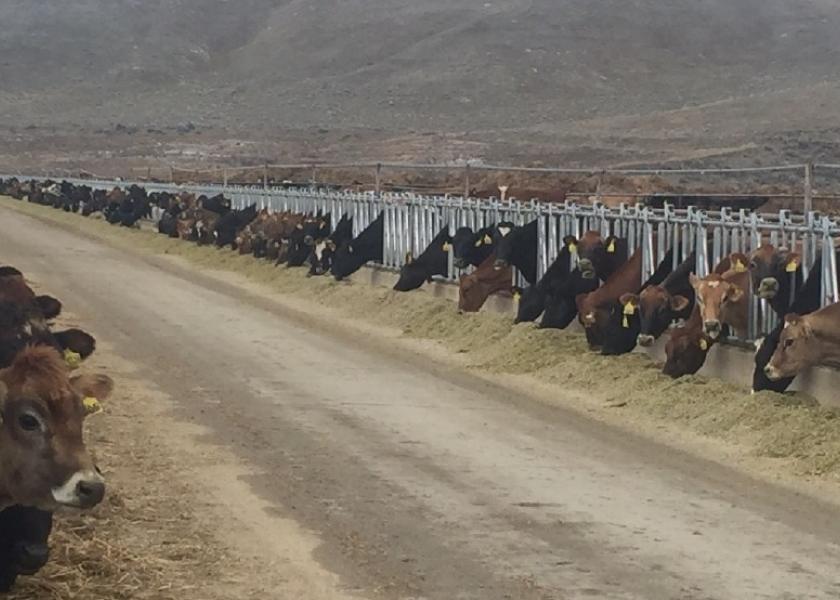4 Concerns Weighing on Dairy Producers for the Year Ahead

We have found our way back to a new normal after enduring a world pandemic that impacted every corner of the world. Although, 2022 certainly was far from a normal year for dairy farmers. While $30-plus milk prices were welcoming, many producers shared that it didn’t last long enough and wasn’t high enough to absorb the stifling inflation that also has impacted everything—from labor to feed costs, to everything else in between. These four topics are on the minds of producers in the year ahead.
Labor Pains Continue
With rising minimum wage and other industries competing for labor, retaining good farm labor continues to be a top concern for producers. When it comes to turnover, leading experts say a producer shouldn’t just chalk it up that an employee left for more money. Pausing to understand your workforce’s needs can help minimize turnover in the long run.
New York now ranks alongside California and Washington state in phasing in a 40-hour overtime threshold by 2032. The base will drop four hours per week every two years beginning in 2024.
According to Stan Moore with Michigan State University Dairy Extension, labor costs are about 14% of a dairy’s total expenses. A recent USDA Ag Prices Report outlined that labor expenses were up 7.3.% compared to 2020.
Feed Prices and Availability
The rise in feed costs has made it a bigger challenge for producers to manage input costs. Experts are predicting feed costs to stay elevated until summer 2023, if not longer. Add in dry conditions in Argentina and the uncertainty with Ukraine, and next summer’s feed availability is certainly hard to predict.
The drought out west is a top concern for many dairy producers. Coupled with the record-low level of reservoirs, and states like California are going to continue to get hit with reduced water allocations, making it harder to grow feed for livestock.
The lack of railroad workers threatened the possibility of a railroad strike that impacted grain availability in parts of the west and southwest this past year. Finding alternative grain sources isn’t for the faint of heart and retooling rations becomes a harder task, especially when feed alternatives are harder to come by.
Experts underscore the importance of utilizing risk management tools to drive home profitability.
Carbon is King
Methane digesters are certainly not something new, but this past year, more dairies have put in methane digesters. Powering a community by what was once considered waste is not only helping a farm’s sustainability efforts, but it’s also generating additional income.
Jeff Simmons with Elanco not only thinks climate neutrality is possible for the livestock industry, but he believes the dairy industry is well on its way. Simmons says there are four ways farmers can reduce their environmental footprint and cash in on carbon.
- How are you caring for your land?
- How are you creating less methane coming from a cow regarding how you feed her?
- What are you doing with manure and waste?
- What are you doing with the environment and social governance?
Some of the most innovative dairy producers across the country are less than two years away from making more money off carbon contracts they sell than the dairy products they produce.
Next Farm Bill
All eyes and attention will be focused on the Farm Bill that is set to expire at the end of 2023. Experts tell me that a 500-foot view is needed to get the 2023 Farm Bill written. Big discussions are needed, and so is a unified dairy industry coming together to tackle big issues, like federal orders, depooling, make allowances and immigration reform.







